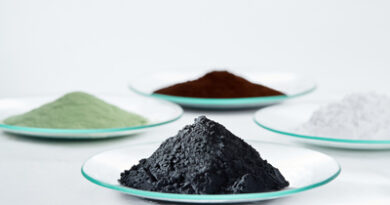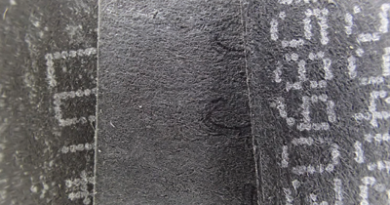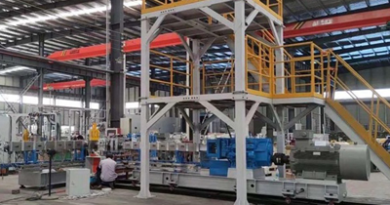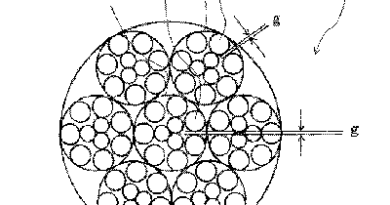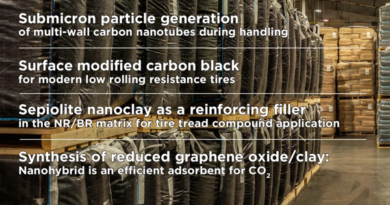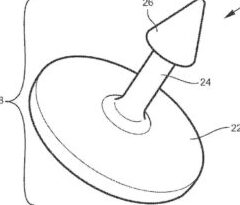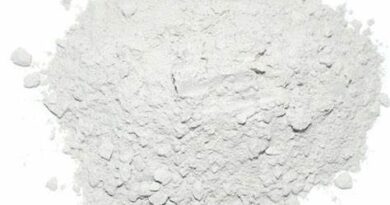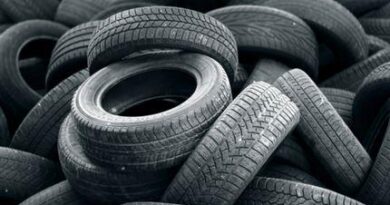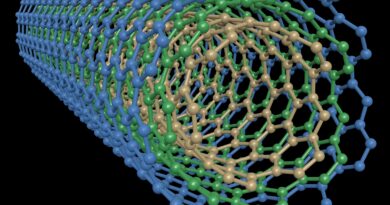Low PAH thermal carbon black to meet regulatory requirements
Polycyclic aromatic hydrocarbons (PAHs) are present as impurities in the raw materials used for rubber
and plastic compounding, particularly in carbon black and extender oils. PAHs have the potential to cause
adverse health effects, and while there is confirmation that these chemicals are not bioavailable once
compounded into goods, the in-place legislation regulates the PAHs in raw and/or final materials (refs. 1-
3). Given these regulatory requirements, it is advantageous to make low PAH products available to the industry; in particular, for consumer rubber goods.

